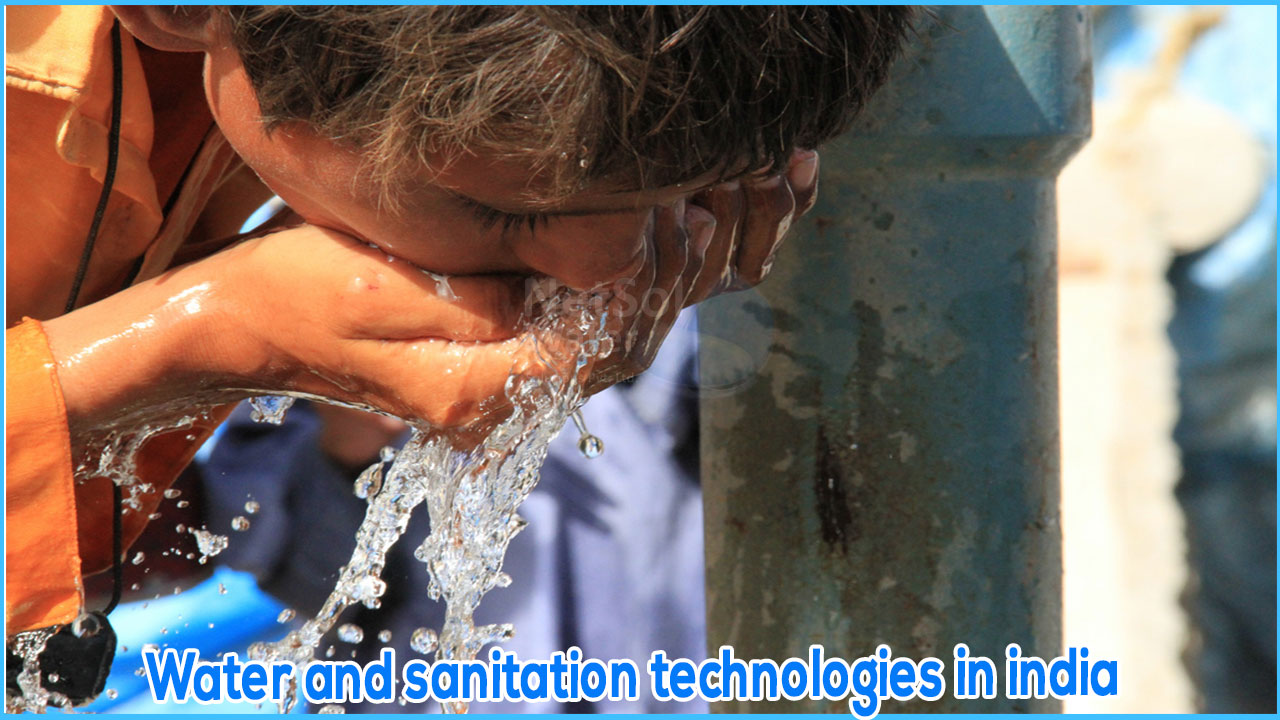The goal is to give universal access to safe water and sanitation, which has positive effects on socioeconomic concerns such as education and employment, particularly for women and girls, in addition to immediate health advantages. 12 percent of the world's population does not have access to safe drinking water, and 32% do not have access to basic sanitation. Although the usage of these services has grown faster than the use of basic drinking water services, no region is on schedule to achieve universal basic sanitation by 2030.
Over the last century, global water use has increased at more than twice the pace of population expansion, and water shortage has become a reality in some regions of the world. By 2030, worldwide water demand will be 40% higher than available, reliable supplies, with one-third of the world's population (concentrated in developing nations) living in basins with deficits of more than 50%.
OPPORTUNITIES
Water efficiency improvements in agriculture (which accounts for 71% of worldwide water use) and industry (16%) can help to reduce the number of people affected by water scarcity. The allocation of water to where it is most needed will become increasingly important as global water demands expand. Water and sanitation infrastructure is frequently in despair and unable to keep up with population growth. Water quality and availability are factors in water solutions and sanitation access, with the former being harmed by pathogenic agents and hazardous chemicals. Over 80% of wastewater created in poor nations is dumped into surface water bodies without treatment.As a result, 3.4 million people die each year from water-related diseases, the majority of whom are children. Despite the fact that surface water is used by humans for 80 percent of their needs, the developing water issue is prompting many to look into other water sources. Desalination processes like reverse osmosis are being developed to be more efficient and cost-effective. Scientists in India, are looking into regions that could be suited for storm water collection, an undiscovered sustainable water supply.
TECHNOLOGIES THAT CREATE CLEAN WATER IN INDIA
MAPPING WATER RESOURCES: To close the "water gap," it will be critical to understand the demand for and supply of water in the next decades. This entails keeping track of data on land geography and hydrology, drainage basins, water table conditions, and rainfall.
SOLAR WATER FILTERATION: The issue in many parts of the world is not a lack of water, but rather contaminated water. In underdeveloped countries, 80% of sewage is released into waterways without being cleaned.
DESALINATION: Desalination is a technique for removing salt and minerals from saltwater. The first desalination plant was erected in the 1960s, and today five major and 34 small plants provide 60 percent of the country's domestic water.
FOG CATCHERS: The mist is gathered as it passes through a weave of big vertical nets and trickles into a collection system where it is filtered and blended with groundwater. The water is pumped into five communities, providing 400 people with clean, safe drinking water.
THE LIFE STRAW: Through a unique filtration technology, the straw filters a minimum of 1,000 litres of water and removes 99.9% of bacteria and parasites. High-capacity water purifiers are also available for emergency preparedness and response teams. Steel is now offered instead of plastic.
WATER FROM AIR (ZERO MASS WATER): Zero Mass Water is a business that uses solar power to provide enough clean drinking water for two to three people, or about 10 litres per day. Solar radiation heats a sponge-like substance, causing condensation to form in a 30-liter reservoir. To improve the taste of the water, it is filtered and minerals are added. Zero Mass has partnership with NGO’s worldwide to provide clean and safe drinking water.




